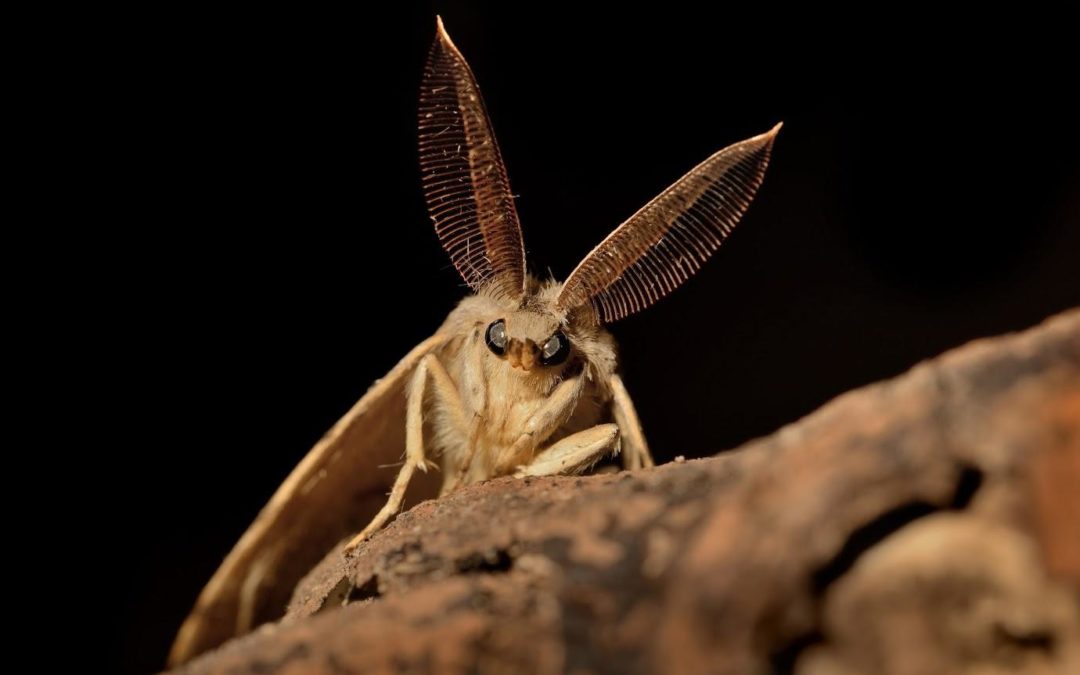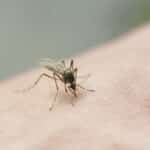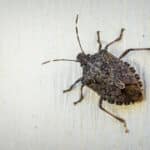Invasive species are those that aren’t native to a particular area. They may have been introduced on purpose or accidentally been carried in on a batch of firewood, a boat, or a person. Invasive species can be incredibly destructive because they don’t have any predators, which leaves them free to wreak havoc. What are some species invasive to Iowa you should be on the lookout for?
Emerald Ash Borer
This invasive insect comes from Asia. Its larvae look flat and white. They will get into and under the bark of trees and then chew on all the vessels that keep that tree alive by carrying nutrients. The adults are a brilliant emerald green color. The beetles really like ash trees and will start a colony at the top of a tree, slowly infesting the tree from the top down.
ManagementThe emerald ash borer can be managed in four ways. Those methods may be used by themselves, or they be used together to get the best results.
- Biological control: Biological control involves releasing different species that are predatory to the beetles but not to native species. Three separate insect species have been released and shown to work well against emerald ash borers.
- Insecticides: Another management method is insecticides. A pest control company or tree service can come inject the tree with an insecticide including things like dinotefuran or imidacloprid. They are long-acting insecticides.
- Quarantine: The state can impose a quarantine on the area where the beetle has been found, which will keep any ash products from leaving that area without being inspected and treated.
- Tree removal: Removing the tree can be the most drastic method of management, but removal is more likely to be the most effective way to make sure that the emerald ash borer doesn’t spread. Removing the trees and replacing them with other species will help to control the beetles’ spread.
Gypsy Moth
The gypsy moth is an invasive species from Europe. It was purposely introduced to the US in the late 1800s in order to interbreed with silkworms to help create a domestic silk industry, but some moths escaped from the importer. They are now found in the majority of the Eastern US and into the Midwest and plains states. These moths and their larvae like to eat trees like oaks, apples, and willows. ManagementBecause the gypsy moth has been in the US for so long, there has been plenty of time to come up with various control methods.
- Bacillus thuringiensis var. kurstaki: This bacterium naturally occurs in the soil. It doesn’t hurt humans or beneficial species like bees, but it is deadly to the gypsy moth. One limitation to this bacterium is that it can kill butterflies, so its use has to be limited to certain areas.
- Biological diversity: Stopping the spread of the moth is a very effective way to manage and eradicate them. One way to do that is to plant and encourage trees that aren’t vulnerable to the gypsy moths.
- White-footed mice: These mice have discovered that the gypsy moth pupae are yummy and will eat them up. They can help to limit the size of an infestation, but can’t always completely eradicate it. These mice do not live everywhere the months have invaded, which is another limitation.
Call us at Diam Pest Control if you are worried about any insect that you find around your house. We can come and identify it for you. After we identify it, we can work up a management and eradication plan that we can use to get rid of the insects for you and make sure that your house and trees are nice and clean.





